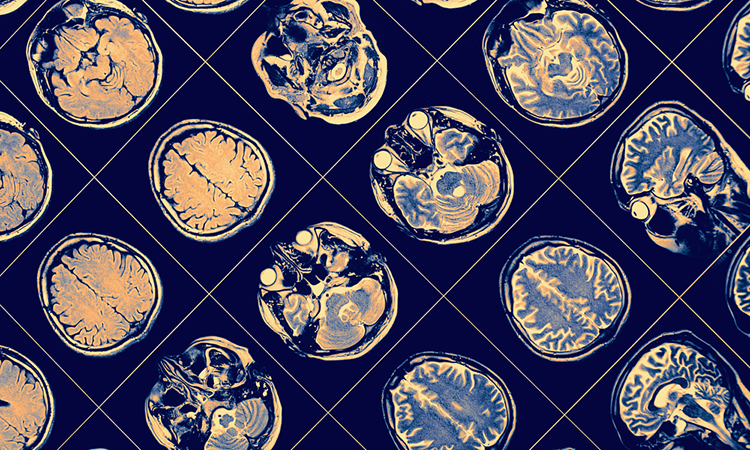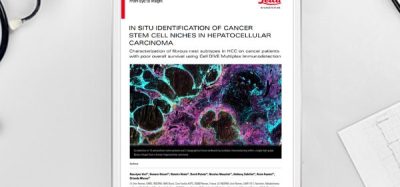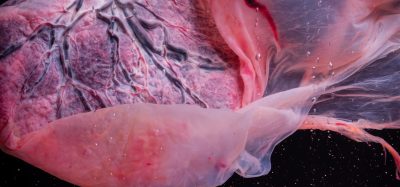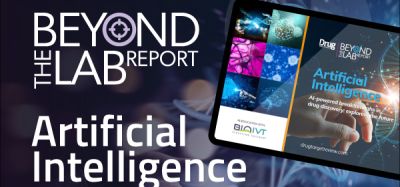Combination of MRI and MSI uncover molecular secrets of Alzheimer’s
Posted: 26 January 2023 | Izzy Wood (Drug Target Review) | No comments yet
US researchers will use a unique combination of imaging techniques (MRI and MSI) to study Alzheimer’s disease on a scale that has never been done before.

Researchers Professor Jonathan Sweedler and Professor Fan Lam from Beckman Institute for Advanced Science and Technology, US, will collaborate on a five-year project to combine magnetic resonance imaging (MRI) and mass spectrometry imaging (MSI) to capture a wide range of images in an animal model of Alzheimer’s disease.
One overarching goal is to understand what happens at the molecular level in a mouse model of Alzheimer’s as a function of age and disease stage. Their research is supported by a $3 million grant from the US National Institute on Aging of the National Institutes of Health.
“Even though there is a genetic disposition to Alzheimer’s, many people don’t end up with it,” Sweedler said. “And many people who have no genetic predisposition do end up with Alzheimer’s. There is increasing evidence that signatures at the molecular level may suggest that someone will be developing Alzheimer’s, decades before anything is functionally observable.”
The intricacies Alzheimer’s causes and hereditary influence remain unknown. For this reason, the researchers are looking for factors that may have been missed. They want to know what differs chemically between a normal ageing brain and an ageing brain headed toward Alzheimer’s disease.
“There is some evidence that some populations of neurons are particularly vulnerable, and we want to know why,” Sweedler commented. “To know that a specific neuron population is dying is one thing, but if we can understand chemically what’s changing, then others can design an intervention to prevent that.”
To obtain expanded chemical information on the mouse model of a brain affected by Alzheimer’s, the duo will use a unique combination of MRI and MSI imaging techniques.
They explained: “Our approach is different because the combination of MRI and MSI does not have that requirement. We are casting a broad net and saying, ‘What is there?’ and we are doing it at a spatial scale that’s never been done before, from single cell images to whole brains.”
As the tissue sampled in MSI is extracted, it is capable of mapping hundreds or even thousands of molecules. This detailed chemical information allows researchers to reduce assumptions made toward the disease, allowing them to proceed with a more unbiased approach.
MRI is completely non-invasive and provides a whole-brain reference to reconstruct and reveal unique spatial organisations of molecules at different stages of Alzheimer’s disease. Combining the two techniques plays to the strengths of both imaging modalities.
“If we can build connections between the information provided by MSI at the biochemical level to the macroscopic changes observable in MRI, we can potentially provide a basis to molecular-level interpretation of MRI,” Lam said. “You image a person, and then by seeing something you can maybe infer what is going on underneath.”
“We look forward to continuously working together and with other collaborators at Beckman to push this direction forward and pursue other long-term research objectives beyond the time limit of this grant,” Lam said. “The grant will end, but our collaboration will continue.”
Related topics
Imaging, Molecular Targets, Neurons, Neurosciences, Targets, Therapeutics
Related conditions
Alzheimer's disease (AD)
Related organisations
Beckman Institute for Advanced Science and Technology
Related people
Professor Fan Lam, Professor Jonathan Sweedler







